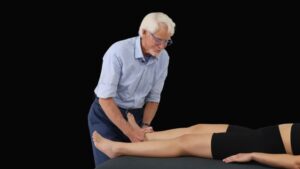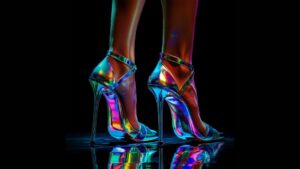Ever since Hippocrates coined the term scoliosis to describe deformity of the spinal column, structural scoliosis (the fixed type) has occupied the attention of researchers, physicians and manual therapists (Image 1.).

Early treatment modalities were often crude and sometimes violent, as well-meaning practitioners would walk on the scoliotic hump or apply excessive force using homemade, full-body traction devices (Image 2.). Nevertheless, these pioneering therapists did develop a number of sound therapeutic principles that still constitute essential features of many modern treatments, including:
- Reducing gravitational exposure;
- Using traction as a basic corrective force;
- Applying pressure over the convexity of the curve;
- Creating neuromyofascial extensibility to the concavity.


The etiology of scoliosis has received great attention during the last century and, while considerable progress has been made, much greater knowledge is needed to clarify and completely explain the predominate dysfunctional mechanics of the scoliotic deformity.
The search for more effective therapy continues, and the present systems or methods of treatment are a great deal more effective than older procedures. In particular, postural distortions are being recognized at an earlier age allowing the immediate use of manual therapy modalities to treat the scoliotic pattern while still in a mild to moderate stage. This alone frequently prevents progression to a severe stage that brings with it attendant functional disturbances.
The prognosis for an individual with scoliosis depends on how severe the problem is, and how early it is diagnosed and treated. While there is no cure for structural scoliosis, the symptoms can be treated and reduced. Manual therapy is one of the main ways to manage scoliosis symptoms, as well as to maximize functional capacity and there are a number of areas in which you can help those with scoliosis. These include:
- Improving mobility and flexibility
- Improving posture
- Preventing the spine curvature from progressing
- Recovering from scoliosis surgery
- Relieving pain
- Strengthening involved muscles
These benefits are achieved through some of the following modalities:
- Manual therapy. Restoring joint and muscle tissue motion that has been restricted by scoliosis may be done with hands-on work. This is done to help facilitate movement patterns.
- Functional exercises. These are often exercises to strengthen supporting spine muscles (such as in the shoulders, back and hips) that have weakened due to the spine’s positioning.
- Range-of-motion exercises. These are designed to provide flexibility, especially in targeted areas in which movement limitations may exist.
- Education. Manual and exercise therapists are helpful in assessing and providing education on proper movement patterns.
So there’s good news and bad news when approaching the question of scoliosis. On the one hand, it’s all too prevalent a disorder — linked to factors that need more careful monitoring, such as environmental toxins, nutrition, and nervous system compensations. On the other hand, with more attention being given to the condition through objective and subjective research, comes an increase in treatment options.









